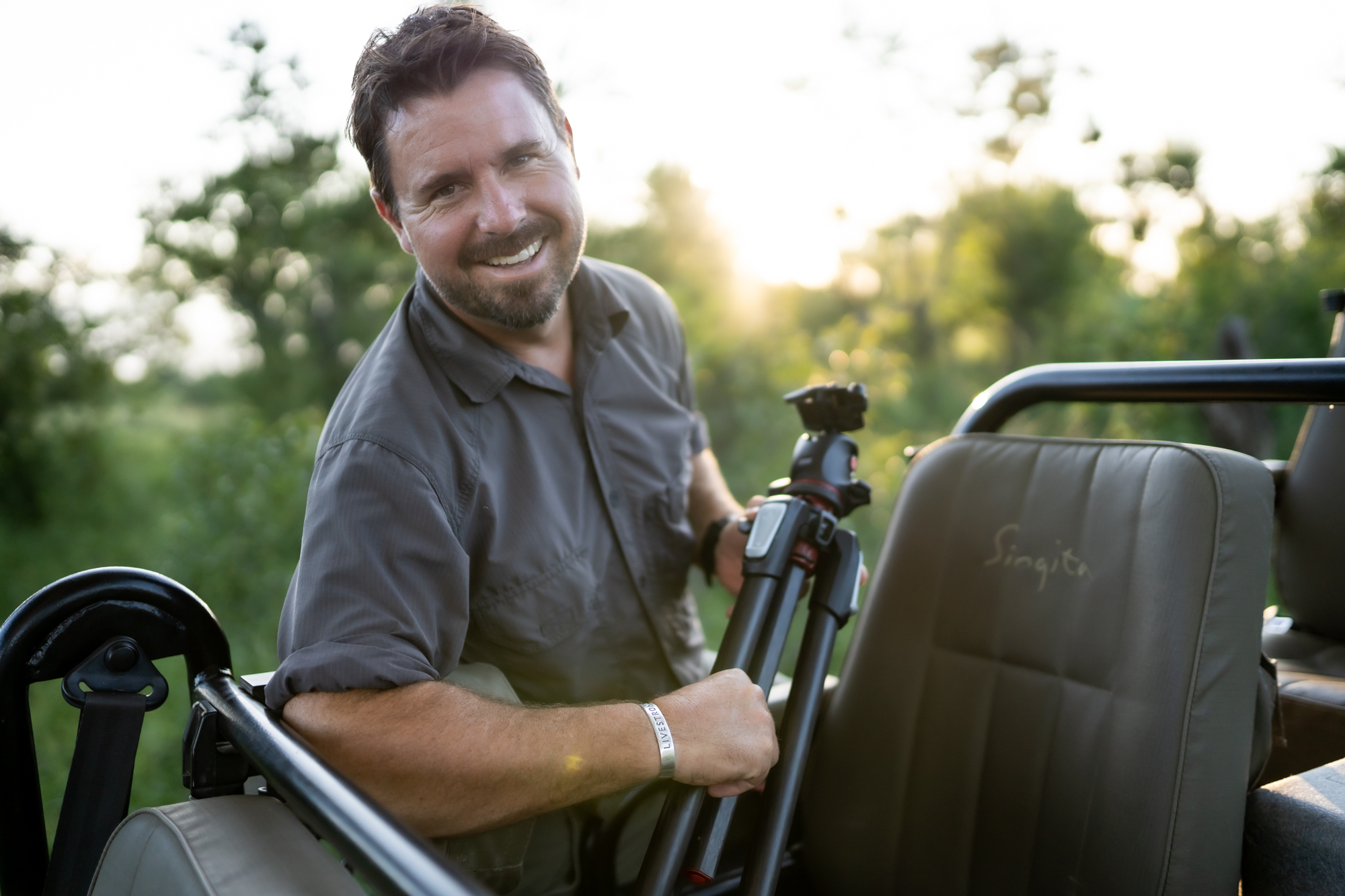The executive editor of The New York Times, Bill Keller, recently interviewed Bang-Bang Club co-authors Joao Silva and Greg Marinovich.
The executive editor of The New York Times, Bill Keller, recently interviewed Bang-Bang Club co-authors Joao Silva and Greg Marinovich. Silva is currently recovering from the land-mine explosion which cost him both his legs last year.
The interview deals with Silva’s recovery and the relationship that war photographers have with the danger of their occupation. It is a fairly lengthy conversation, so expect to be reading for a while, however, a lot of insight into the minds of conflict photojournalists can be gained from the article, which is recommended to anyone remotely interested in the genre.
Joao’s recovery has not been going as smoothly as planned. Although the initial surgeries went well, and he took to his new legs (with motorised knees) quickly, he has been suffering from secondary infections as a result of ongoing surgeries to repair damage caused by the shrapnel from the blast. If it was a clear case of a double leg amputation, he could have been an outpatient by now, but the complications have meant that he is still bed-ridden, except for a couple of hours of physical therapy each day. Despite these difficulties, Silva is still keen to return to the job in the future, although he does understand that the decision can only be made once he has fully recovered.
[Bill] Keller: Do you have a feeling that you have to get back on the horse again after you’ve been thrown off? That you have to go back and prove something to yourself?
[Joao] Silva: I don’t feel that. Not at all. I’ve been doing this long enough to know that there will always be another war, there will always be another conflict. It all depends on what kind of human being I turn out to be after all of this, what kind of man am I going to be. My wishes and my wants are irrelevant. All is uncertain.
Other parts of the interview include a discussion about the fear, or lack thereof, faced by photojournalists, the effects of the occupation on family members, and the general benefits and disadvantages of the industry. Marinovich also explains that he has been working a lot more with video in that last few years (he left the conflict zones in 1999, after his fourth injury).
Keller: The movie [asked about the days of the Bang-Bang Club, circa 1994] aside, did you feel like there were lessons to be learned from those early days?
Silva: That’s a tough question.
Keller: Let me rephrase that. Say, if some photographer comes up to you guys, someone in his 20s, and he says, “I want to go and do this kind of thing” — what do you say to that?
Silva: I don’t know [if] I’d discourage him. I might make him try to understand certain realities and make sure he goes in with his eyes wide open. I wouldn’t discourage anybody. I’m not here to save anybody from themselves. But it’s good with the experience that you have to try to empower him with some sort of knowledge as to what he’s potentially diving into. There’s an emotional price that’s associated with it. And then there can be a physical price. It can cost you a life, as you’ve seen. It’s not my place to discourage him. But it is my place to educate. I can educate. With 20 years of experience, I can educate.
The article is well worth a read – take some time over the weekend and see what these guys have to say.
Source: The New York Times – Lens Blog – To Be On The Edge Of History
Photo credit: David Furst/The New York Times







